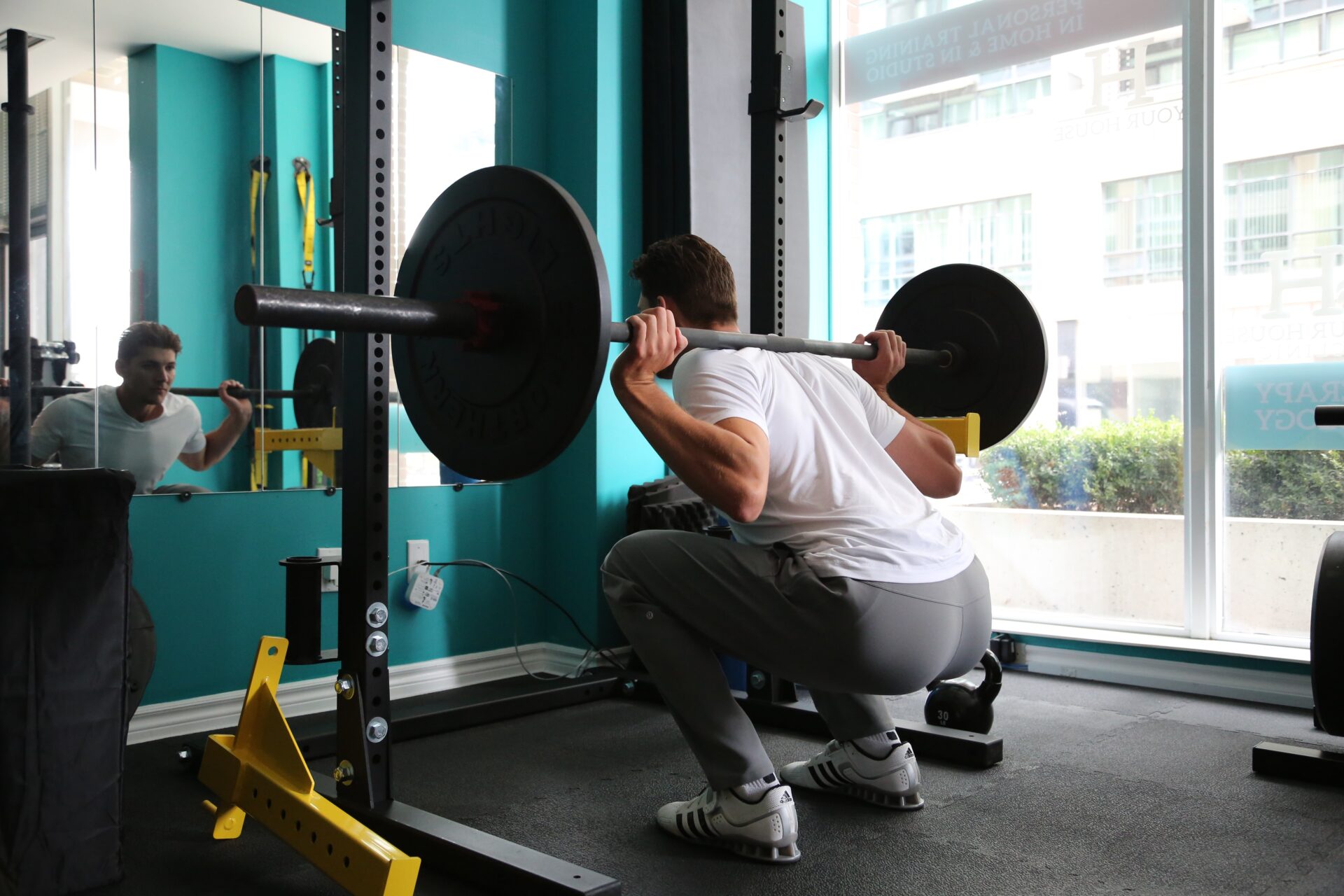
How to target your glutes
Blog | Justin Shaw, Sports Development Coordinator
The key to growing your glutes is Hypertrophy. While this sounds like a fancy word with a complicated meaning, it comes from “Hyper” meaning excessive, and the Greek “Trophia”, meaning nourishment, or in this context growth.
This “excessive growth” is caused by the enlargement of cells within a tissue or organ, which in turn enlarges the tissue or organ itself. The hypertrophy process is a cycle of stimulation and repair. To stimulate a muscle, we must put it through ‘stressor work’. This will create a strong demand that our body will attempt to adapt to by enlarging the muscle tissues to cope with the new stress. Then we must rest and let the muscle fibres repair after all that work.
Basically what that all means is; your muscles get bigger to try and make exercise easier on you. So, glute focussed training will lead to glute focussed muscle gains, with the added help of hamstring exercises too.
Now I know we all wish it was as simple as doing 50 squats a day for glorious glute gains. However, there are some important things to remember when training.
The REPAIR phase of hypertrophy is the most important. Train too soon and you risk overtraining, which can lead to injury, fatigue, loss of motivation, pain, misery, and sadness. Train too soon and you’ll be too tired to get a good session in. Imagine running as far as you can, and then being told to run that far again with no rest. You’d probably go another 20 metres and collapse right? Well, this is what you’re doing to your body when you ask it to train again too soon. Make sure you give those muscles some R&R!
Generally, the accepted recovery time after training for hypertrophy is 72 hours before you can train that muscle group again.
To combat training soreness or Delayed Onset Muscle Soreness (DOMS) make sure you stretch thoroughly after each workout and use active recovery on your rest days. Anything that doesn’t necessarily fatigue the muscles but gets the blood moving through them is good for recovery. Maybe a light walk, bike ride, more stretching, or a swim… get creative with your activities!
The other thing to remember is your diet. Recent studies have confirmed the role of protein is pivotal in the hypertrophy process. Make sure you’re getting enough of all your food groups, with a particular focus on protein intake, and the timing of your protein intake. Most people get their protein pre/post-workout, which has been proven to be good for training and hypertrophy. Most of all, find what works for you. Find what exercises you feel work best, what diet works best for you, when to train, how to train, all of this varies from person to person. Workouts you find on the internet are a good place to start (assuming they’re reputable) but you can always tweak them to fit yourself better. It’s your body, no one knows it better than you.
Below are some of my favourite glute and hamstring exercises to try at the gym and home!
10 Glute and Hamstring focussed Bodyweight Exercises
- Hip thrusts
- Lateral Lunges
- Sliding hamstring curls
- Side Clams
- Donkey kicks
- Squats
- Reverse Lunges
- Good mornings
- Step-ups
- Side Leg Raises
10 Glute and Hamstring focussed Weighted Exercises
- Barbell / Kettlebell Hip Thrusts
- Barbell / Kettlebell Squats
- Deadlift / Kettlebell Romanian Deadlifts
- Dumbbell Reverse Lunges
- Dumbbell Bulgarian Split Squat
- Dumbbell Step-ups
- Hamstring Curls
- Kettlebell Sumo Squats
- Machine Abductors
- Cable/ Plate Side Leg Raises
Beginner’s guide to glute workout
In the gym
You want to have enough weight that you struggle to complete the last 2 repetitions of each set.
- Stair master 5 minutes
- Hip thrusts. 12-12-8-6
- Squats/ Leg press 12-12-8-6 (Put your feet a bit higher up on the plate during leg press to focus more on the glutes. Try and have them slightly outside shoulder-width apart)
- Hamstring Curls 12-12-12
- Dumbbell Step-ups (Alternating) 20-20-20
- Dumbbell Reverse Lunges (Alternating) 20-20-20
- Bodyweight Hip Thrusts + Side Clams (Each Side) 20-20-20
Stretch 10 minutes. Focus on glute and hamstring stretches.
At home
Keep rest times down to 30s or less as much as possible. Focus on slow controlled movements rather than speeding through them. Pause for 1 beat at the top and bottom of each movement.
- Star jumps 1 minute on, the 30s off, Repeat for 3 rounds
- Bodyweight Squats 12-12-12-12
- Bodyweight Hip thrusts 12-12-12-12
- Donkey kicks (Each Leg) 12-12-12-12
- Side Clams (Each Side) 12-12-12-12
- Reverse Lunges (Each leg) 12-12-12-12
- Side leg raises (Each leg) 10-10-10
- Lateral Lunges (Each leg) 10-10-10
- Bodyweight squats 8-8-8
Stretch 10 minutes. Focus on glute and hamstring stretches.
I hope this helps you next time you’re working on your glutes. And as always, the team at SportUNE can assist you in any training questions you may have. We’re here to help!
Looking for that extra bit of motivation?
We have a range of weekly group fitness classes on offer, check out our classes here. Or to learn more about fitness and wellbeing and connect with like-minded people, visit the Wellness Hub.


